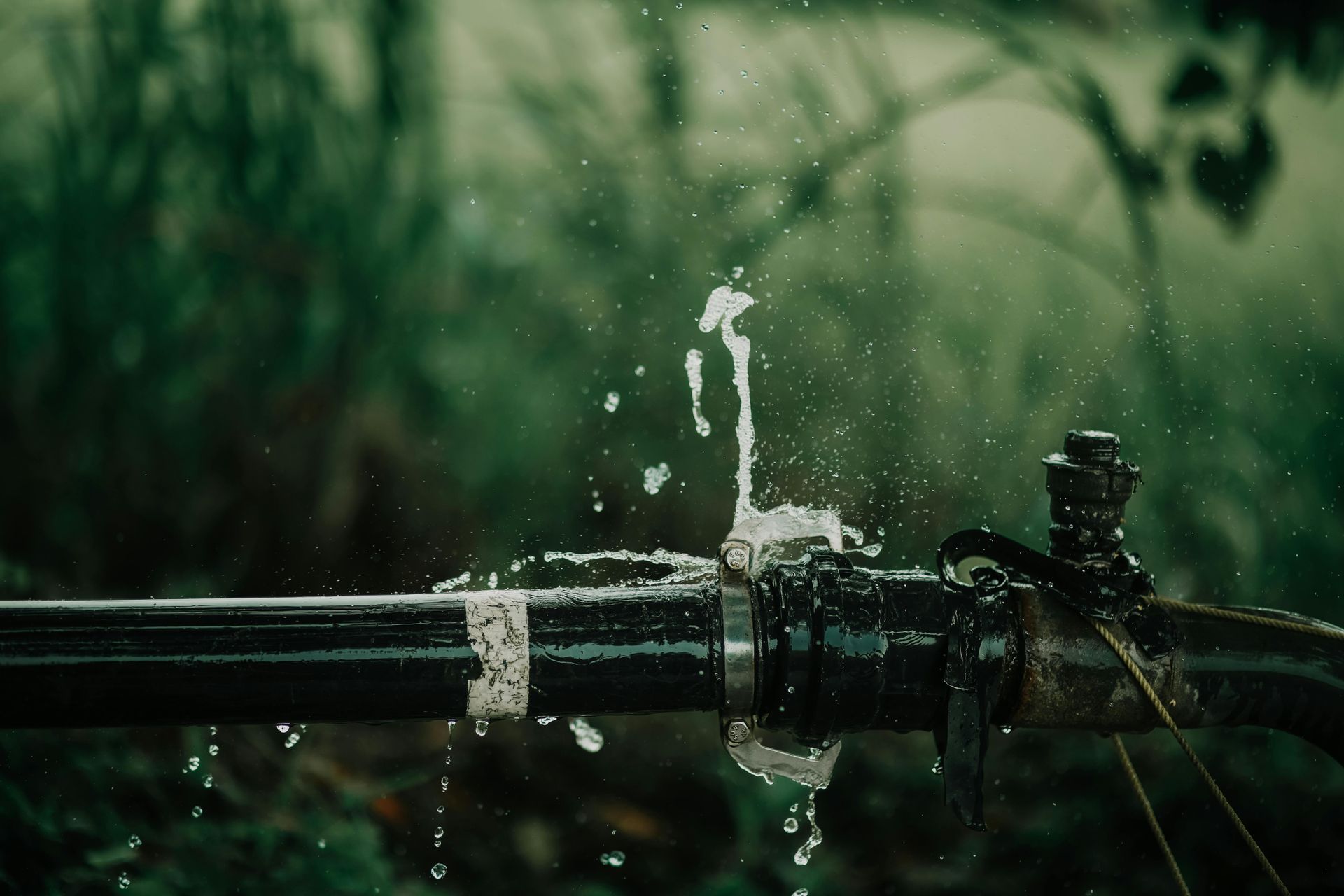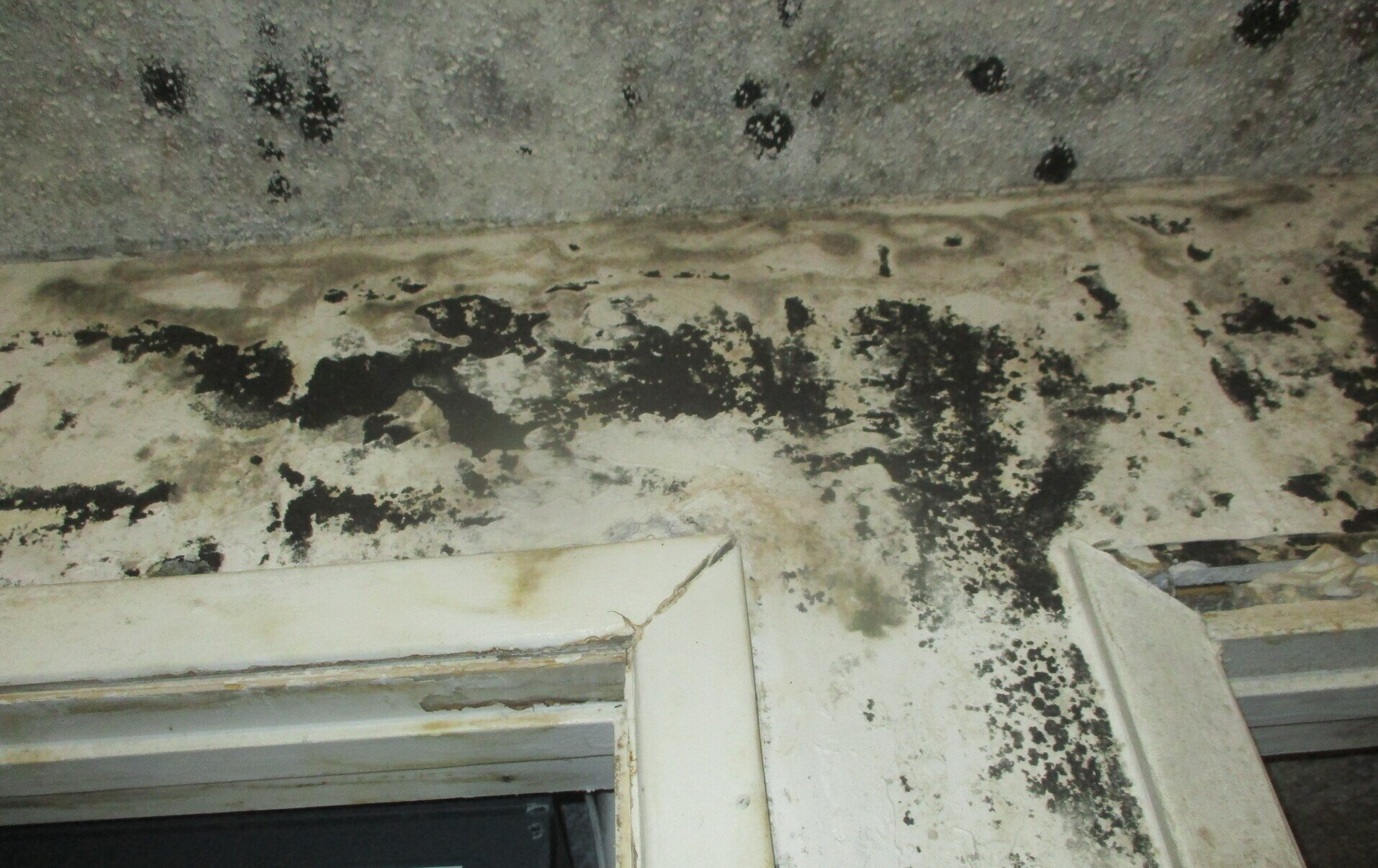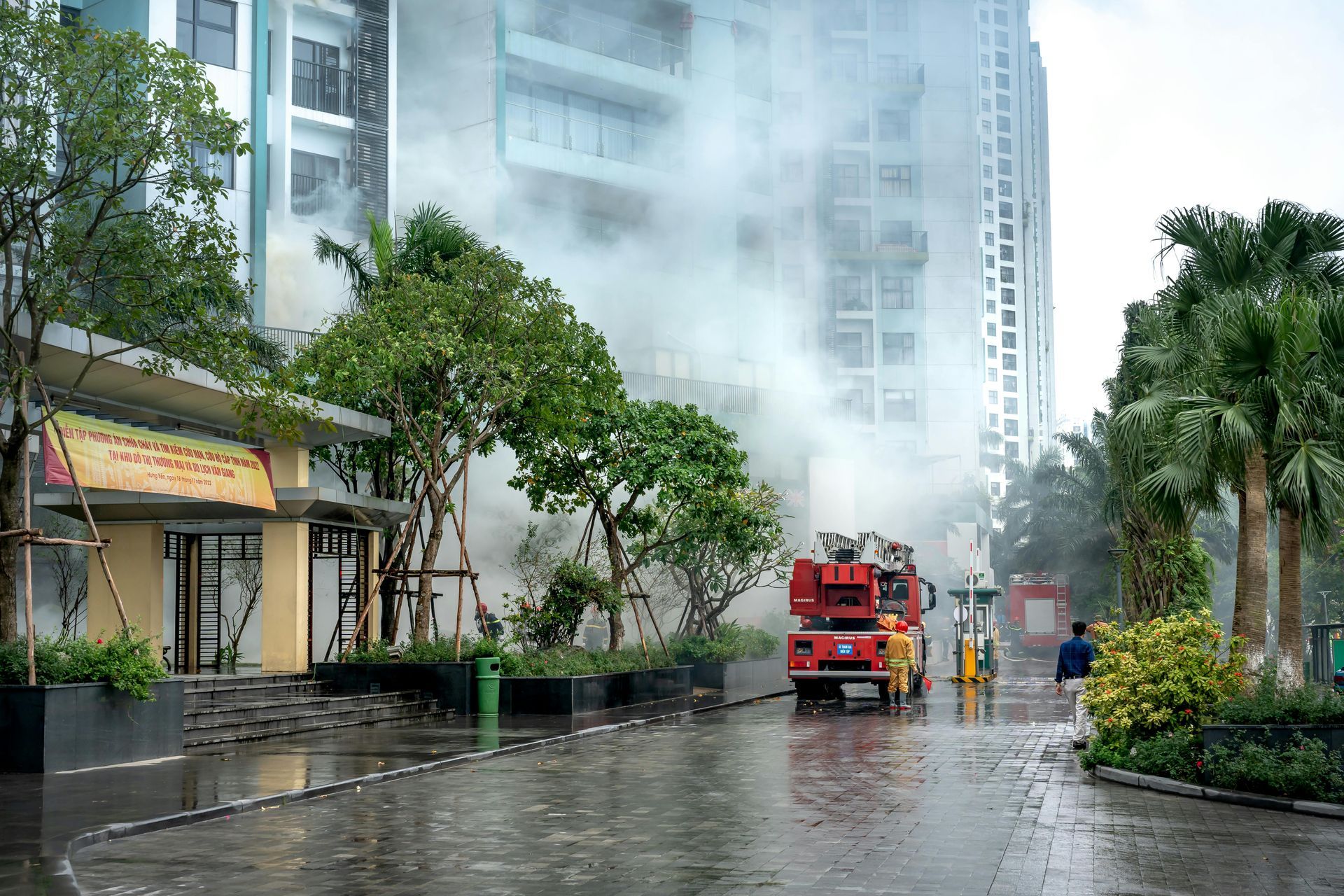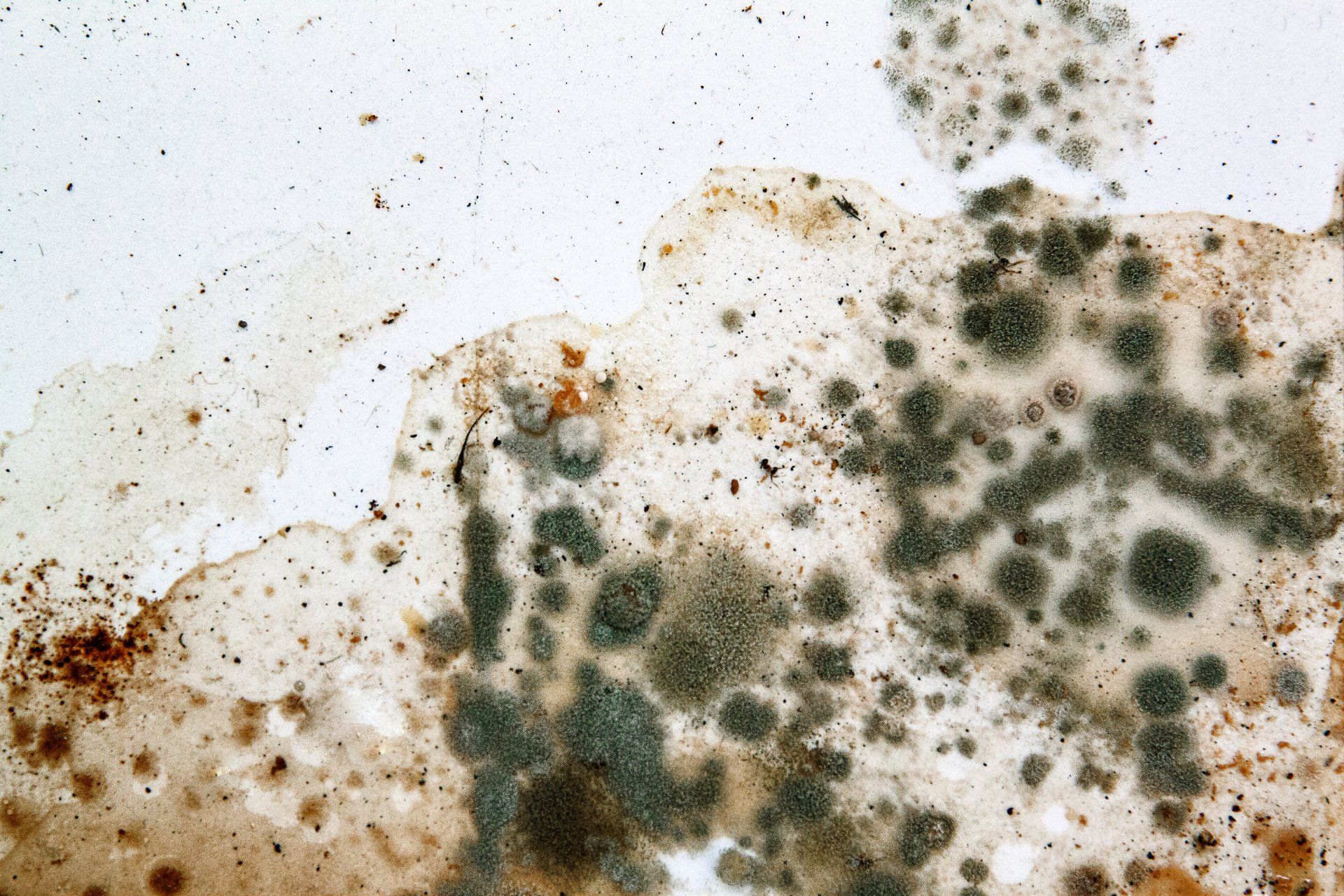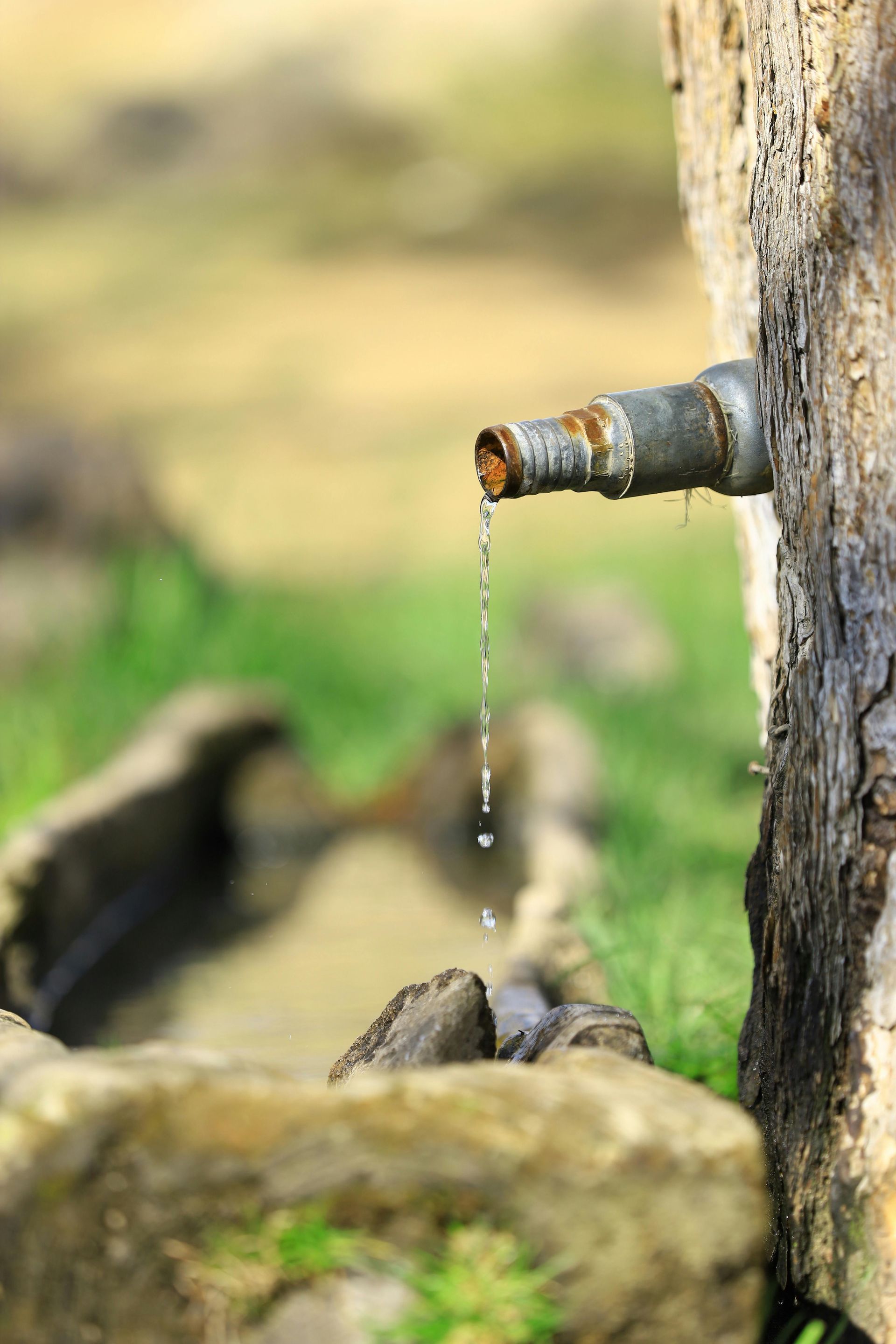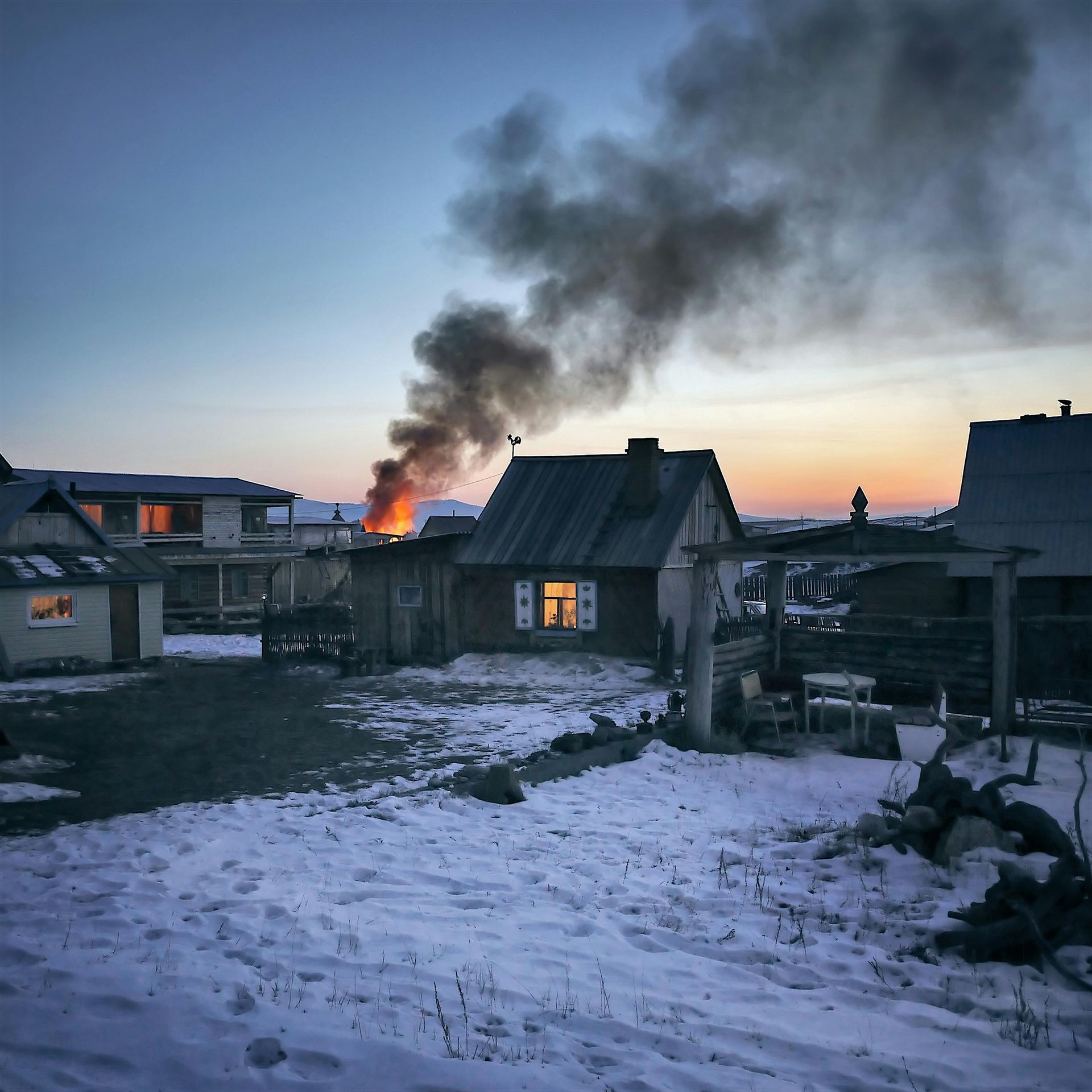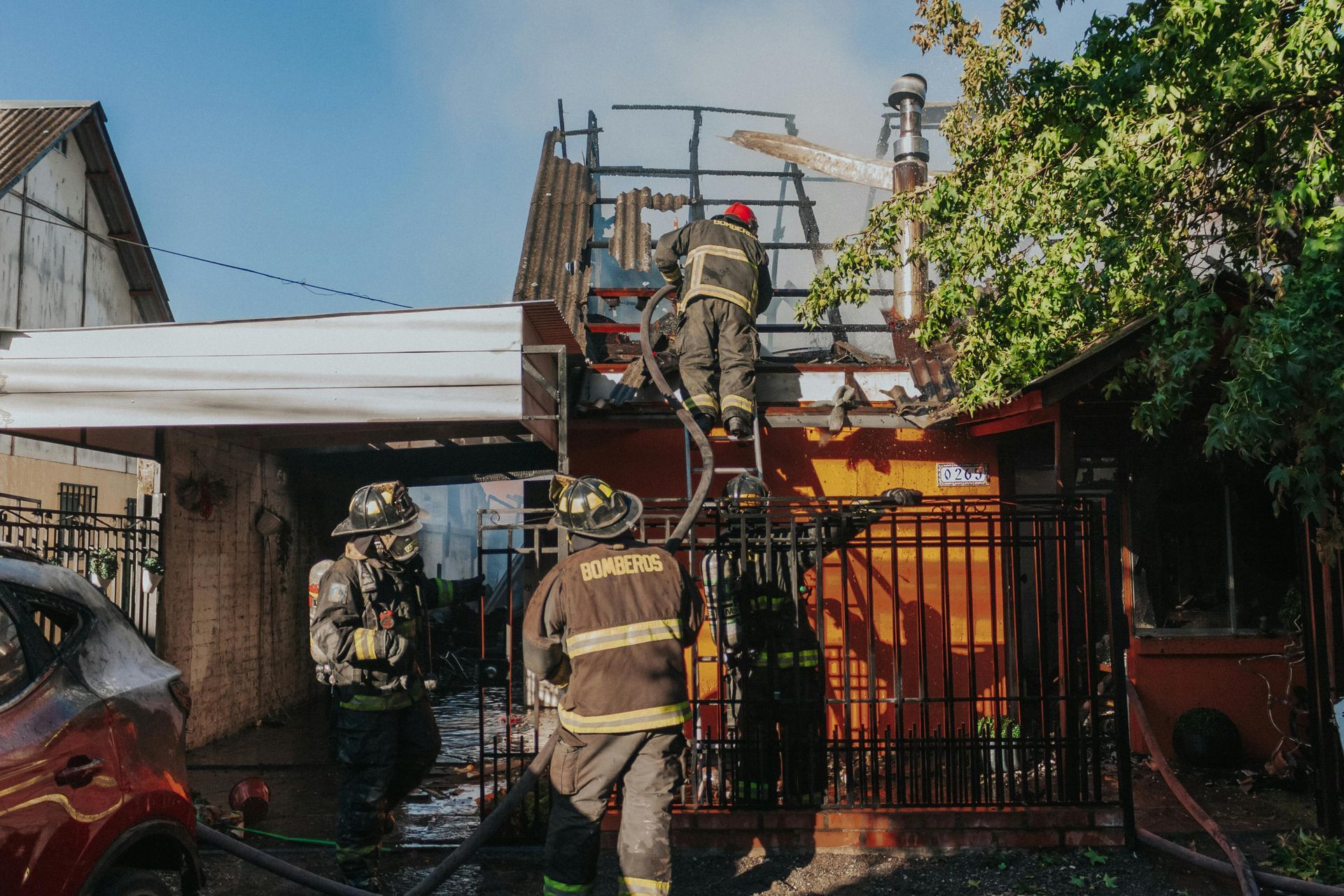A Comprehensive Guide on Minimizing Fire Damage in Your Home with Proven Strategies
Proactive Measures and Expert Tips to Minimize Fire Damage in Your House
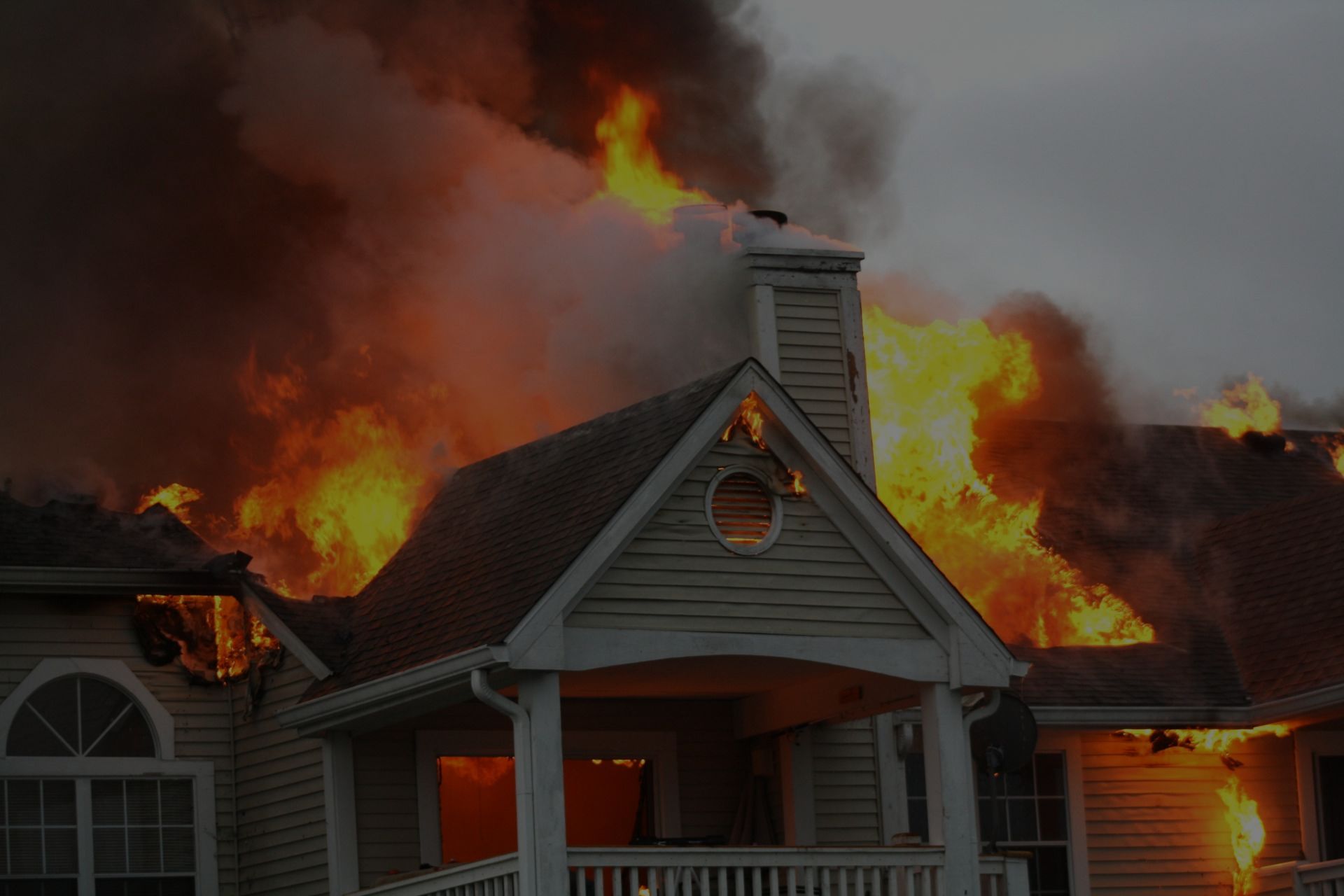
House fires can cause extensive damage, both to the structure of your home and the valuable possessions within. Each year, fire departments in the United States respond to over 350,000 residential fires, resulting in significant property loss. While prevention is crucial, knowing how to react during and after a fire is equally important to minimize damage. This article will delve into effective strategies to reduce fire damage amid an incident and the restoration processes that follow, aiming to help homeowners recover swiftly and efficiently.
Importance of Quick and Effective Response
A rapid and efficient response is pivotal in reducing fire damage. Fire emergencies can vary in severity - from isolated incidents that can be managed with a fire extinguisher to extensive ones requiring professional firefighting services. Regardless of the magnitude, swift action is crucial. Delay can exponentially increase the damage, multiplying the recovery time and cost. Understanding the fire's severity and responding appropriately can significantly mitigate both immediate and long-term consequences.
Using Fire Safety Equipment to Minimize Damage
Fire safety equipment plays an instrumental role in damage control. Tools like fire extinguishers, fire blankets, and fire safety ladders, when used correctly, can dramatically minimize damage. They can effectively prevent a small fire from escalating, restraining the spread and reducing overall damage. The right use of these tools can be the difference between a minor mishap and a major catastrophe, further emphasizing their importance in any fire safety plan.
Fire Extinguishers
Fire extinguishers are vital in containing and minimizing the spread of fires. Their proper usage often means the difference between minor damage and significant loss. Here's a step-by-step guide to using a fire extinguisher: first, pull the pin to break the tamper seal. Next, aim the nozzle at the base of the fire. Then, squeeze the handle to discharge the extinguishing agent. Finally, sweep the nozzle from side to side until the fire is out. Remember the acronym P.A.S.S (Pull, Aim, Squeeze, Sweep) for easy recall during emergencies.
Fire Blankets
Fire blankets are effective tools in controlling small fires, especially those involving cooking oils or fats. Simply place the blanket over the fire to smother it, cutting off its oxygen supply and extinguishing the flames. It is essential to ensure that the blanket covers all sides of the fire entirely, leaving no gaps for air to enter.
Fire Evacuation Planning
One of the most effective ways to ensure human safety and minimize property damage during a fire is a well-planned fire evacuation procedure. A properly executed evacuation plan can save lives and reduce the magnitude of property loss. The process involves identifying safe exit routes, establishing a safe meeting point, and, if time allows, securing valuable items safely and efficiently.
The first step in creating an evacuation plan is to map out all potential exit routes from each room in your home, prioritizing paths that lead directly outside. Make sure each member of the household is familiar with these routes. The second step is to establish a safe meeting point outside, a safe distance away from the house. This ensures everyone can be accounted for and prevents anyone from re-entering a burning building.
The third step involves quickly securing valuable items if it's safe to do so. This doesn't mean risking lives for replaceable items but rather securing critical documents, like identification and insurance paperwork, that you have gathered in a predetermined, easy-to-grab location as part of your plan.
Immediate Post-Fire Actions
The actions taken immediately after a fire can have a profound impact on the extent of the damage. Once a fire is extinguished, the priority should be safety and damage control. Even after the flames are out, potential hazards can still exist, such as hot spots that can reignite or structural damage that may pose a risk.
The first step to take after a fire is ensuring everyone's safety. Check for injuries and seek medical attention if needed. The next step is to call your insurance company to report the incident and initiate the claim process. Document the damage for your records and for insurance purposes, take photographs if possible.
The third step is securing the property to prevent further damage. This may include boarding up windows and doors or placing tarps over damaged roofs. Lastly, it's critical to contact a professional restoration company to begin the remediation process. These experts have the knowledge and equipment necessary to properly clean and restore your home.
Safe Re-entry
The aftermath of a fire can leave a home riddled with unseen hazards, making safe re-entry a critical concern. It is paramount to wait for official confirmation from firefighting personnel before attempting to re-enter your home. The structure may have suffered significant damage, with weakened floors and ceilings posing a high risk of collapse. There might also be residual hot spots capable of reigniting. Additionally, smoke and soot can make the air harmful to breathe, and water used to extinguish the fire can result in mold growth if not addressed promptly.
Professional inspectors play a pivotal role in evaluating the safety of re-entry. These trained experts inspect the property thoroughly, assessing structural integrity, checking for electrical damage, and measuring air quality. They can identify potential hazards and provide a comprehensive report detailing the extent of the damage and necessary restoration steps. It is only upon their green signal that you should consider re-entering your home.
Damage Mitigation
Once professionals have deemed it safe to re-enter a fire-damaged home, immediate steps must be taken to mitigate further damage. The goal of damage mitigation is to stabilize the property and prevent additional damage from occurring, setting the stage for the restoration phase.
Proper ventilation is a key first step, helping to dissipate smoke and clear soot from the air, thus reducing the risk of respiratory problems. Opening doors and windows can help speed up this process.
Water extraction should be handled next, as water left behind from firefighting efforts can quickly lead to mold growth and additional
water damage. Industrial-grade water extractors,
dehumidifiers, and other specialized equipment often used for this task efficiently remove water and assist in the drying process.
Damage Assessment and Restoration
The process of assessing fire damage is a critical initial step in the recovery process. Homeowners should conduct a preliminary examination, looking out for visible signs of damage such as charring, discoloration, and distorted structures. But remember, some damage may not be visibly apparent, like smoke damage hidden in walls or water damage behind structures. Hence, you must document everything. Take photographs or videos of the affected areas, which can serve as solid proof when filing insurance claims.
However, a professional assessment is indispensable to accurately determine the extent of damage and to strategize the restoration. Professional restoration services play a vital role in further minimizing
fire damage and ensuring a safe living environment. They can identify less obvious signs of damage and provide an exhaustive damage report. Using advanced technology and techniques, they can efficiently remove soot, smoke, and water and restore the home to its pre-fire condition.
The Role of Sunshine Restoration in Minimizing Fire Damage
Sunshine Restoration is a trusted ally in your mission to recover from fire damage. Our services extend beyond damage assessment and restoration. We take pride in offering comprehensive fire prevention strategies and utilizing fire-resistant materials during the restoration process to minimize potential damage from future incidents. Our unique approach includes a robust damage assessment, where our experts meticulously inspect your property to identify the extent and nature of the damage. We prioritize your safety and ensure the stability of the structure before beginning the restoration. We are committed to mitigating further harm and restoring your home to its original or even better state. Our experts are skilled in handling various materials and surfaces, ensuring optimal results irrespective of the complexity of the damage.
Let's Rebuild Together: Connect with Sunshine Restoration Today
Sunshine Restoration isn't just a service. It's a partnership. We're committed to helping you recover quickly and efficiently from fire damage, with a focus on safety, effectiveness, and attention to detail. Our expert team leverages industry-specific knowledge and advanced techniques to restore your home to its original state or even better. We're more than a restoration company. We're your trusted allies in navigating post-fire recovery. Don't let fire damage dictate your future. Take the first step towards complete recovery today. Contact Sunshine Restoration now, and let's rebuild your tomorrow together.


